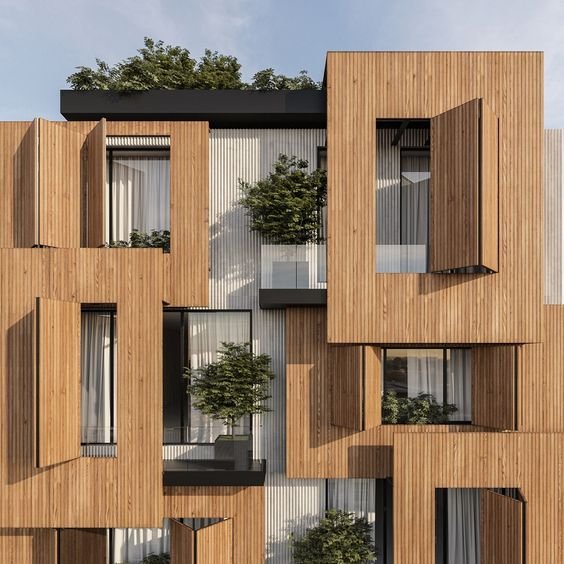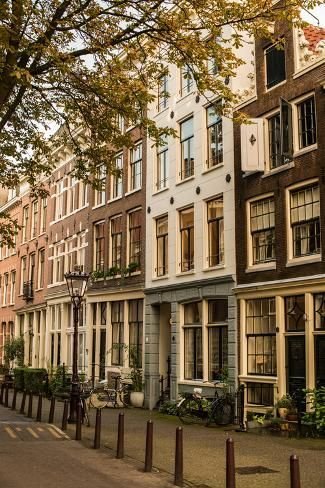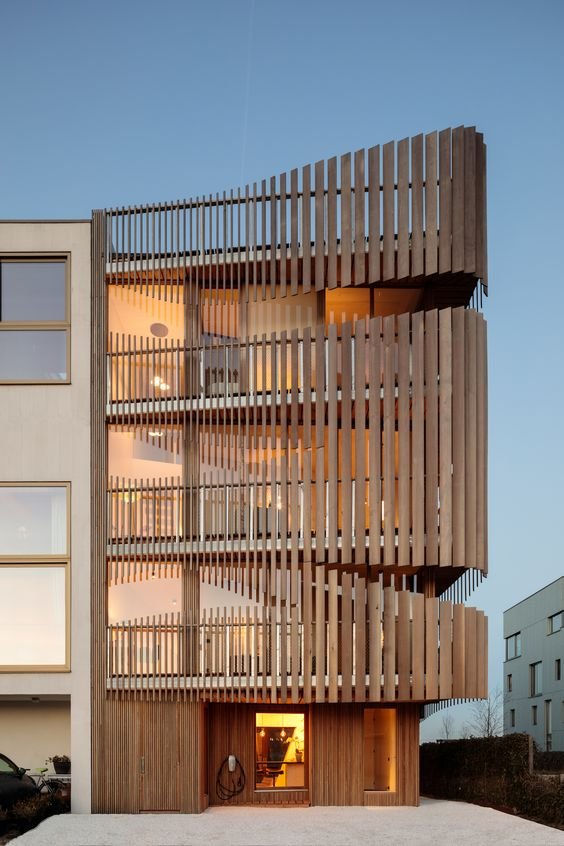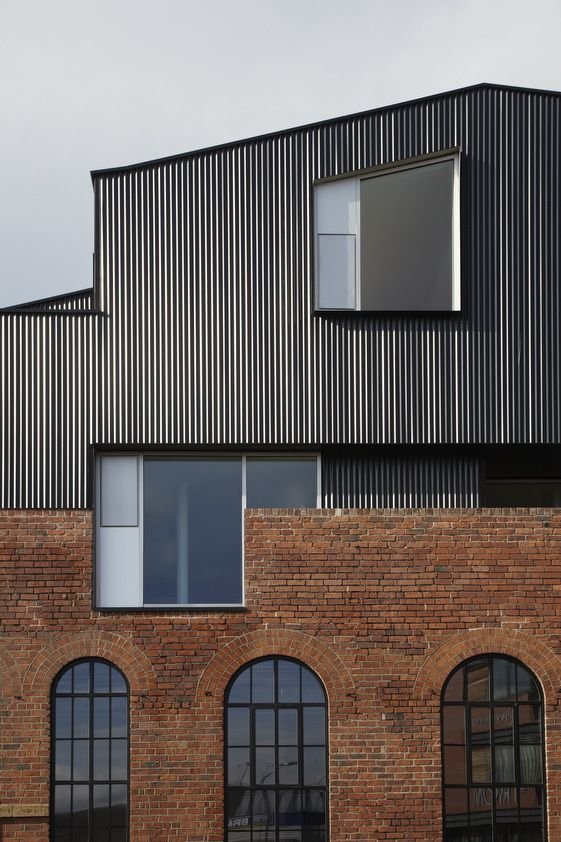Never Let a Good Crisis Go to Waste: Innovations in Attainable Housing
It's no secret that California, along with many other states, is grappling with a housing affordability crisis and a homelessness crisis. The situation is particularly noticeable in metropolitan areas like the Bay Area. We're not going to sugarcoat it—the lifestyle previous generations of Americans enjoyed isn't exactly in the cards for us. The income-to-housing disparity has reached staggering levels.
Recently, we attended a housing opportunity conference in Phoenix hosted by the Urban Land Institute (ULI), where developers, architects, and policymakers gathered to discuss this very issue and share their successes in tackling it. One thing became abundantly clear: financial incentives from cities are sorely needed to entice developers. Now, you might say, "But what about grants for affordable housing projects?" Sure, they exist, and some projects get built, but they're merely scratching the surface. They don't apply to people who make just above the qualifying income but still fall short of being able to afford a place. And here's a mind-boggling fact:
Affordable housing projects can cost twice as much to build compared to similar market-rate projects.
Yep, you read that right! The prevailing wage requirements for these projects drive up the expenses, leaving taxpayers bewildered. Even if we manage to construct all the affordable housing we need for eligible individuals, a gap still remains between affordable housing and market-rate options. Enter the missing middle housing conundrum: hardworking adults with decent jobs and credit scores who lack the cash boost from their parents and still can’t afford to buy a house.
So, let's put on our thinking caps and brainstorm some solutions for this missing middle market conundrum, shall we?
Option 1 - Tiny Units
One option developers have been exploring is creating tiny units. We're talking about 200-square-foot wonders that are attainable simply because they're, well, very small. If you haven't had the chance to tour one yet, we highly recommend it. Check out Nook at Valdez in Oakland, CA—it's a great example.
Option 2 - Move Far Away
Another possibility is venturing a bit further from the city center where land prices are more forgiving. That's why you see people fleeing the Bay Area for places like Tracy, CA. Cheaper land often means cheaper labor, too.
Option 3 - Repurpose an Existing Building
Yevgenia at a job site of three Victorians (12 apartments) in Sacramento, our first adaptive reuse project.
Now, here's an idea—how about repurposing those old, underutilized buildings right in the heart of our communities and turning them into housing? Think about it: the structure is already there; we just need to do some fancy wall-moving. Right?
In fact, we're currently working on such a project in Sacramento, CA. It's a historic building complex, which means we have to restore the damaged facades and foundations to their original glory from a century ago. We're talking real wood siding, magnificent Victorian windows, and decorative façade embellishments. These are the things we wouldn't typically do if we were aiming for a more affordable price point. But guess what? This project caters to the high-end market, people who love the comfort of contemporary interiors combined with the charm of historic buildings in the heart of the city.
What about those abandoned schools that have been collecting dust for years? Could they be the answer? Well, maybe! If the building isn't declared historic, it could lend itself to an attainable housing product. Plus, schools usually have great natural lighting in classrooms, which could work out beautifully. Can you think of any schools worth exploring?
Option 4 - Build Small Scale
Small scale multifamily project competition entry by sparks for a typical lot in San Francisco.
And here's a wild thought—what if we built smaller multi-family buildings on single-family lots? Triplexes, fourplexes, or even more? Believe it or not, it makes financial sense, as long as the city allows for multifamily development on those old single-family lots. The secret sauce here is stick-frame construction, which happens to be the least expensive way to build these days.
Let's take a million-dollar home in Oakland, CA, for example. If it's spacious enough, we could split off a unit and add another building in the backyard—a duplex, perhaps. That would give us four units on one lot. And you know what? We could easily sell those for $500,000 each. It's attainable compared to a hefty $1,000,000 price tag, and it still retains that cozy single-family home vibe. Since we're managing the construction ourselves without a general contractor, we can keep the construction cost at a low $300 per square foot. That means a 1,000-square-foot two-bedroom unit would only cost us $300,000 to build. The accessory dwelling unit (ADU) in the main house would be around $100,000. So, let's do the math: $1,000,000 to buy + $100,000 for the ADU + $300,000 for half a duplex + $300,000 for the other half = $1,700,000. We aim to sell it for $2,000,000 to make it truly attainable for buyers. Now, before you start doing the calculations, our profit—or should we say commission—for the time and effort we invest in this project would be $300,000. Not exactly a get-rich-quick scheme, huh? So, why not sell it for $2.3 million at market rate and make double or even more? Well, it all comes down to people's choices. Most of those who go through the hurdles of a real estate development project, even a small one, opt for the market rate. To make these units attainable, the city would have to waive fees and allow for additional units on these lots in return for developer’s commitment to a lower selling pricepoint. It would be a win-win, developers deserve to make their commission, and the building can become attainable for the missing middle.
Option 5 - Build Bigger in a Less Expensive Way
Hold on, here's another bright idea—how about developing small-scale condo buildings that are inexpensive to build, just like single-family homes? Sounds good, right? The math definitely looks more favorable here. The only challenge lies in finding lots that are perfectly sized for these developments, and financing which is currently very expensive.
So, here’s the question: do we have a crisis or an opportunity?
Well, we believe it's an invitation—an invitation for cities to be more developer-friendly, for building departments to streamline their processes, for architects to come up with ready-made attainable solutions, for contractors to explore new, efficient building methods, and for people in general to embrace those fabulous, old-fashioned small-scale apartments and condos that blend seamlessly into their neighborhoods. It's an invitation to solve this problem together. Are you in?
Lidia checking out the mass timber building model as we are learning more about this way of building.







